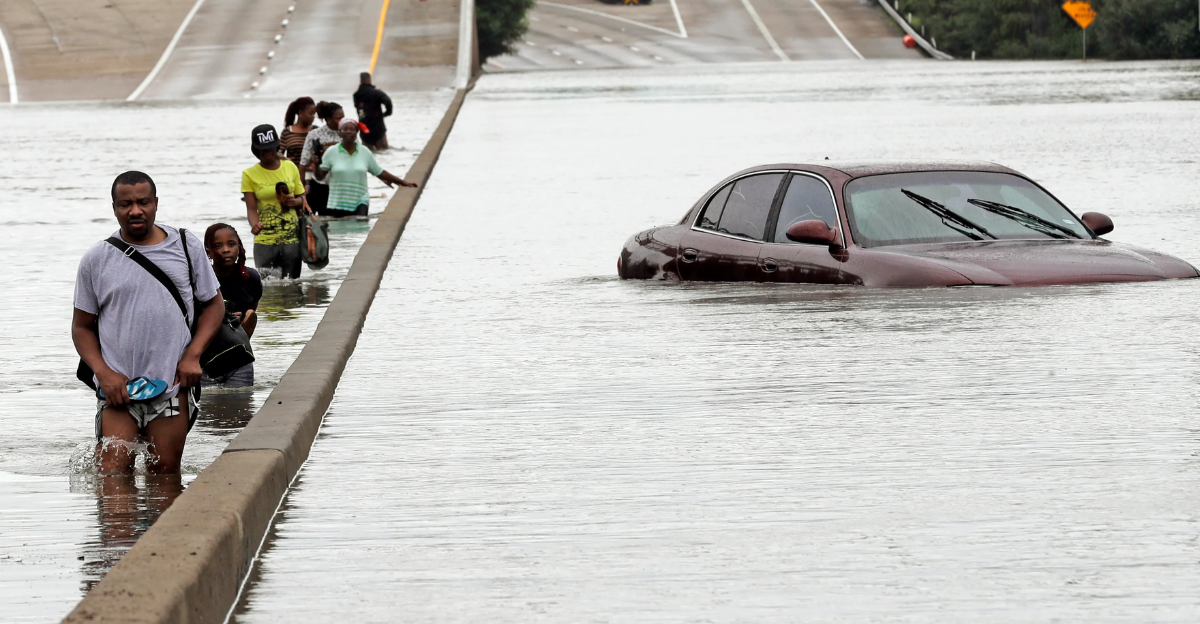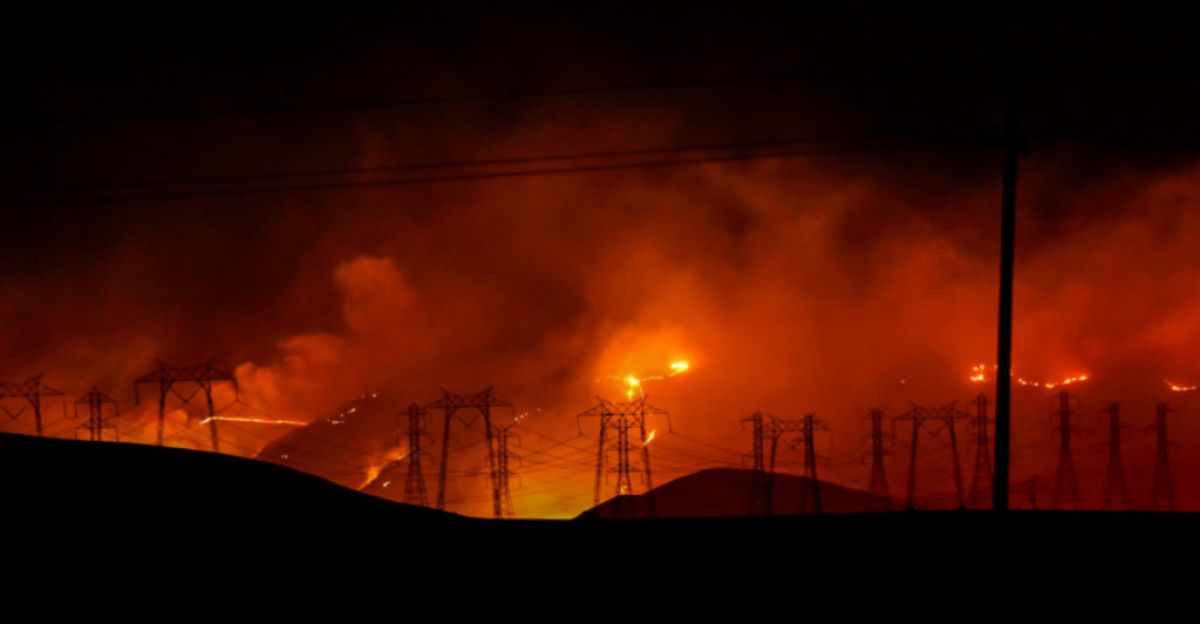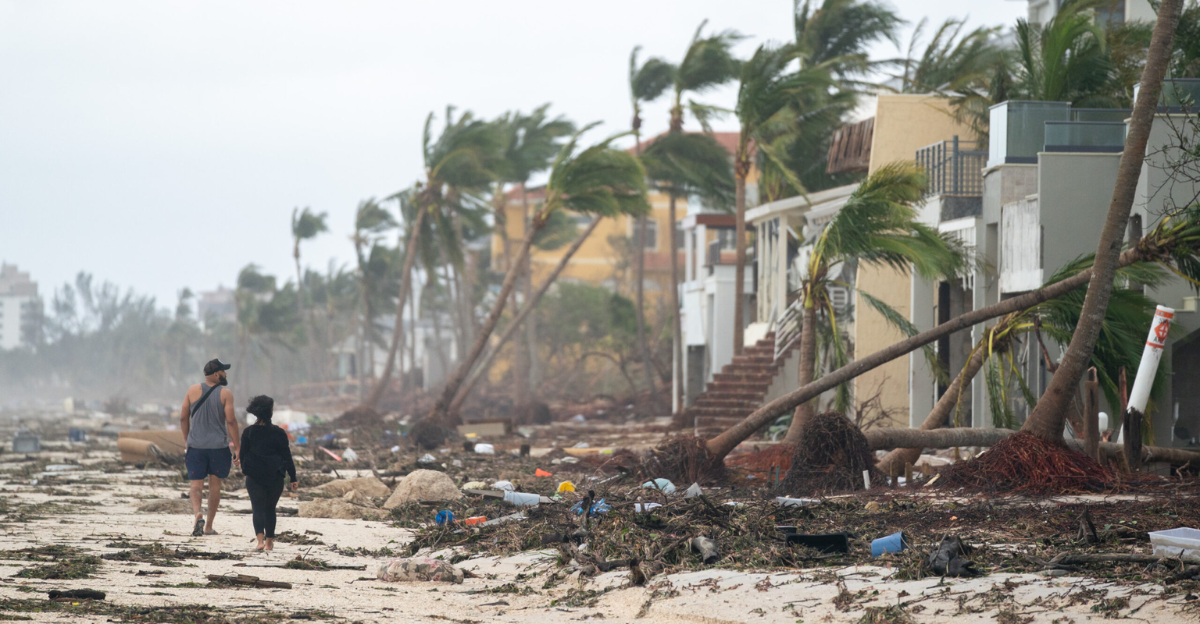
The climate crisis isn’t some distant nightmare—it’s happening right now. Rising sea levels, raging wildfires, and deadly hurricanes. Some U.S. cities are getting hit harder and more often. Whether it’s due to geography, outdated infrastructure, or sheer bad luck, these 10 cities are the most vulnerable to climate disasters.
1. Miami, Florida

Miami’s sunny beaches are stunning, but they’re disappearing. With rising sea levels, stronger hurricanes, and worsening floods, parts of Miami could be completely underwater within decades. The city’s even installed pumps to keep water out of the streets—but experts warn it’s a losing battle.
2. New Orleans, Louisiana

New Orleans already suffered one of the deadliest hurricanes in U.S. history (Katrina, 2005). And it’s still one of the most at-risk cities for climate disasters. Sitting below sea level with an aging levee system, the city is one bad storm away from catastrophe.
3. Houston, Texas

Houston isn’t just big in size—it’s big in disasters. The city has faced multiple 500-year floods in just the last few decades. Between hurricanes, rising temperatures, and urban sprawl worsening flood risks, Houston is looking at a wet and dangerous future.
4. Phoenix, Arizona

Phoenix is no stranger to heat, but climate change is turning it into an unlivable furnace. With record-breaking temperatures every summer and extreme droughts drying up water supplies, this city could soon be too hot for humans.
5. Charleston, South Carolina

Charleston is one of the fastest-sinking cities in America. With its low-lying historic districts regularly underwater, the city faces a serious risk of disappearing under rising seas. Climate scientists warn that without massive intervention, Charleston’s days above water are numbered.
6. Los Angeles, California

If there’s one city that gets a little bit of every disaster, it’s LA. Wildfires, droughts, extreme heat, and earthquakes make the City of Angels one of the most climate-vulnerable places in the U.S. And with millions of people relying on limited water sources, the future here looks scorched.
7. New York City, New York

NYC got a terrifying glimpse of its climate future during Hurricane Sandy (2012), which left the city flooded, powerless, and in chaos. Rising sea levels, stronger storms, and a crumbling subway system mean the Big Apple is at serious risk of climate-driven disasters.
8. San Francisco, California

San Francisco is dealing with rising seas, wildfire smoke, and the constant threat of the “Big One” (a massive earthquake). The iconic coastline is literally crumbling, with homes falling into the ocean due to coastal erosion. Climate change is accelerating the damage.
9. Tampa, Florida

Tampa has dodged major hurricanes for years, but experts warn it’s only a matter of time. The city is extremely low-lying, and if a direct hit comes from a Category 4 or 5 hurricane, it could cause catastrophic flooding and destruction.
10. Chicago, Illinois

Chicago might not have hurricanes, but it’s still at serious climate risk. The city is facing extreme heat waves, worsening flooding from the Great Lakes, and brutal winter storms. Infrastructure built for the 20th century is crumbling under new climate extremes.
Why These Cities Are in Such Big Trouble

A mix of geography, outdated infrastructure, and human impact makes these cities extra vulnerable. Some are sinking, others are burning, and some are just running out of water. Climate disasters aren’t just happening more often—they’re hitting harder than ever.
Can Anything Be Done to Save These Cities?

Some cities are investing in climate resilience—building seawalls, upgrading infrastructure, and improving emergency response. But others aren’t acting fast enough. Experts warn that without aggressive climate policies, some places may become unlivable within our lifetimes.
The Clock Is Ticking

These cities aren’t just vulnerable, they’re running out of time. Climate change isn’t a future problem—it’s happening right now. Without urgent action, some of America’s most iconic cities could be unrecognizable within the next few decades.
Explore more of our trending stories and hit Follow to keep them coming to your feed!

Don’t miss out on more stories like this! Hit the Follow button at the top of this article to stay updated with the latest news. Share your thoughts in the comments—we’d love to hear from you!







